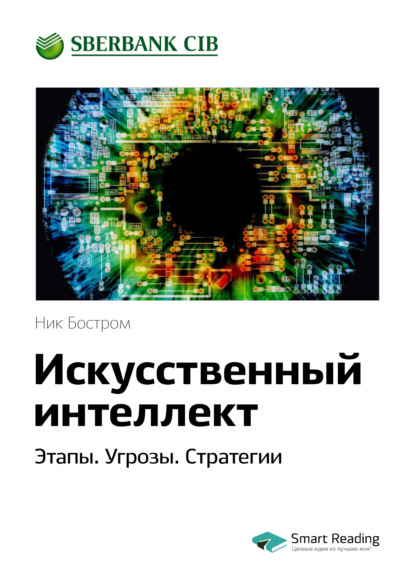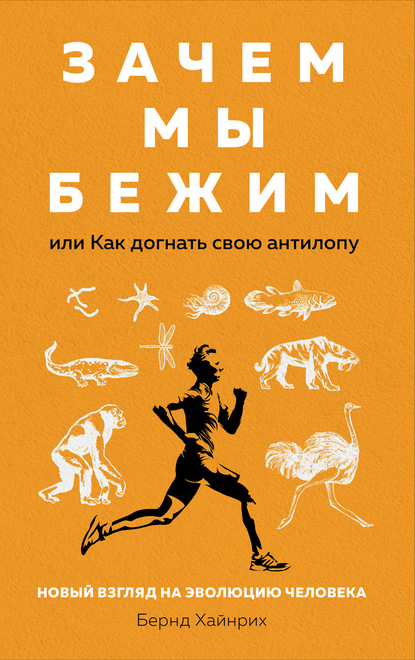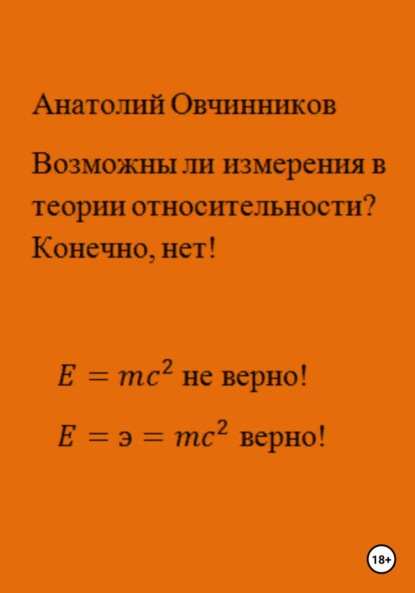Книга "Understanding NMR Spectroscopy" предназначена для тех, кто уже знаком с высокоразрешающей ядерно-магнитной резонансной спектроскопией (ЯМР) и хочет углубить свои знания о том, как на самом деле работают ЯМР эксперименты. В этом пересмотренном и обновленном издании авторы продолжают использовать подход, получивший высокую оценку в первом издании. Книга сосредоточена на описании наиболее распространенных экспериментов и подробно объясняет теорию, лежащую в их основе. Последовательно вводятся квантовомеханические инструменты, необходимые для анализа импульсных последовательностей, но подход остается достаточно неформальным с акцентом на получении хорошего понимания того, как на самом деле работают эксперименты. Использование двухцветной печати и нового, более крупного формата улучшает читабельность текста. В новом издании также введены несколько новых тем: описание того, как можно расширить операторы произведения для описания экспериментов в спиновых системах AX2 и AX3, что позволяет обсудить важные эксперименты APT, INEPT и DEPT, часто используемые в углерод-13 ЯМР. Анализ спиновых систем, то есть как можно извлечь сдвиги и связи из сильно связанных (второго порядка) спектров. Обсуждается влияние на спектры наличия химически эквивалентных спинов, который может привести к необычным и возможно вводящим в заблуждение спектральным характеристикам, даже при высоких магнитных полях. Вводится обсуждение эффектов химического обмена, чтобы помочь объяснить поперечную релаксацию. Трехспиновая двойная квантовая спектроскопия рассматривается более подробно. Первое издание книги получило высокие оценки: "Для всех, кто хочет знать, что на самом деле происходит в их ЯМР экспериментах, я настоятельно рекомендую эту книгу" - Chemistry World. "Я тепло рекомендую эту книгу для начинающих специалистов ЯМР-спектроскопии или для тех, кто хочет углубить свое понимание элементарной теории ЯМР или теоретических инструментов" - Magnetic Resonance in Chemistry.
This textbook is targeted towards people who may already have some knowledge of high-resolution Nuclear Magnetic Resonance (NMR) and who want to understand how experiments "work". The aim is to promote an intuitive understanding rather than a formal teaching approach. Experimental techniques currently in wide use are explained in detail, accompanied by theoretical details about how they work. Sections on quantum mechanics, necessary for understanding pulse sequence analysis, are introduced progressively, while maintaining simplicity of exposition. Two-color printing is used along with a larger format to improve readibility. New additions in the second edition include: 1) how to extend product operators to accommodate 13C nuclei in an AX2 or AX3 system to allow the discussion of difficult APT and INEPT experiments.; 2) a discussion of shift and coupling extraction from spectra of near-equivalent nuclei; 3) an explanation of unusual features of NMR spectra often caused by chemically equivalent nuclei; and 4) a consideration of phenomena interfering with transverse relaxation, specifically chemical exchange, and subsequent discussion of how these dynamics affect double-quantum experiments involving three spin systems.
Электронная Книга «Understanding NMR Spectroscopy» написана автором James Keeler в году.
Минимальный возраст читателя: 0
Язык: Английский
ISBN: 9781118723340
Описание книги от James Keeler
This text is aimed at people who have some familiarity with high-resolution NMR and who wish to deepen their understanding of how NMR experiments actually ‘work’. This revised and updated edition takes the same approach as the highly-acclaimed first edition. The text concentrates on the description of commonly-used experiments and explains in detail the theory behind how such experiments work. The quantum mechanical tools needed to analyse pulse sequences are introduced set by step, but the approach is relatively informal with the emphasis on obtaining a good understanding of how the experiments actually work. The use of two-colour printing and a new larger format improves the readability of the text. In addition, a number of new topics have been introduced: How product operators can be extended to describe experiments in AX2 and AX3 spin systems, thus making it possible to discuss the important APT, INEPT and DEPT experiments often used in carbon-13 NMR. Spin system analysis i.e. how shifts and couplings can be extracted from strongly-coupled (second-order) spectra. How the presence of chemically equivalent spins leads to spectral features which are somewhat unusual and possibly misleading, even at high magnetic fields. A discussion of chemical exchange effects has been introduced in order to help with the explanation of transverse relaxation. The double-quantum spectroscopy of a three-spin system is now considered in more detail. Reviews of the First Edition “For anyone wishing to know what really goes on in their NMR experiments, I would highly recommend this book” – Chemistry World “…I warmly recommend for budding NMR spectroscopists, or others who wish to deepen their understanding of elementary NMR theory or theoretical tools” – Magnetic Resonance in Chemistry



















